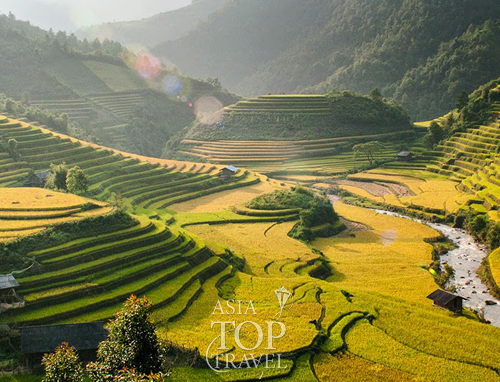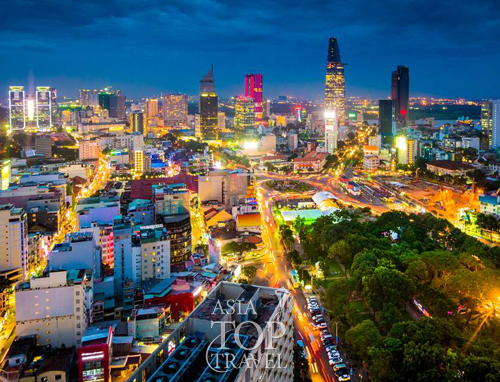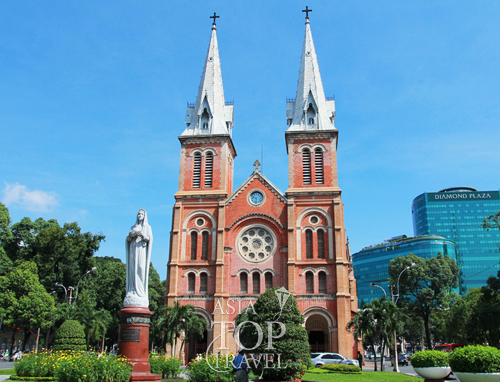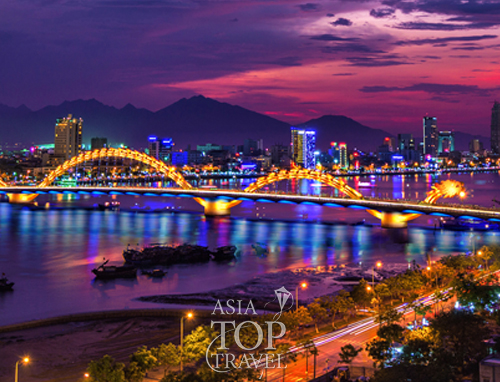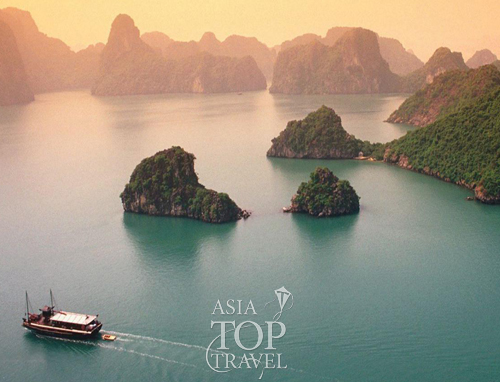⚠️ Travel Advisory
Due to the current political situation, all tours to Myanmar are suspended until further notice. The safety of our travelers is our top priority.
Time difference
GMT: +6:30 hours
Voltage & Electricity
Myanmar uses 230V / 50Hz. Plug types: C, D, F, and G.
Language
The official language is Burmese. English is spoken in major cities and tourist destinations.
Currency & Money
Myanmar Kyat (MMK) is the local currency. Cash is preferred; ATMs exist but may be unreliable. USD is also accepted in some areas.
Tipping
Not customary but appreciated for good service.
Visas
Tourist visas are required for most travelers. E-visa system is available but suspended for tourism during the current crisis.
Check the official portal for future updates: https://evisa.moip.gov.mm/
What to pack
Modest clothing, comfortable walking shoes, and sun protection are essential. Bring cash in USD for exchange.
Public Holidays
Apr 12–16: Thingyan (Water Festival)
Jan 4: Independence Day
Mar: Peasants’ Day
Jul: Martyrs’ Day
Full moon days: Multiple Buddhist holidays throughout the year
Opening hours
Shops: 9am–8pm daily. Government offices: 9:30am–4:30pm (Mon–Fri)
Rules of good conduct
– Dress conservatively in temples.
– Remove shoes and socks before entering religious sites.
– Do not touch monks, especially if you’re a woman.
– Be respectful when photographing locals, especially in rural or tribal areas.
⚠️ Important Note
Currently, it is not advised to travel to Myanmar for tourism purposes.
Climate
Myanmar has three seasons: hot (Mar–May), rainy (Jun–Oct), and cool (Nov–Feb). The cool season is the most popular time for travel due to pleasant temperatures and clear skies.
Main Festivals
1. Thingyan (Water Festival) – April
Celebrated as Myanmar’s New Year with days of water fights, dancing, and temple visits.
2. Thadingyut Festival – October
Festival of Lights marking the end of Buddhist Lent. Streets and pagodas are lit with candles and lanterns.
3. Tazaungdaing Festival – November
A sky lantern festival to honor the full moon, celebrated especially in Taunggyi.
Note: These are for future reference once tourism is safe to resume.
1. Bagan
An ancient city filled with over 2,000 pagodas and temples across dusty plains – best seen at sunrise.
2. Inle Lake
Peaceful lake surrounded by stilt villages and unique leg-rowing fishermen. Known for floating gardens and handicrafts.
3. Yangon
The former capital city and gateway to Myanmar, home to the magnificent Shwedagon Pagoda.
4. Mandalay
The last royal capital of Burma with ancient monasteries, the U Bein Bridge, and craft traditions.
5. Golden Rock (Kyaiktiyo Pagoda)
A sacred gold-leaf-covered boulder balancing precariously on a cliff – an important pilgrimage site.
Note: All activities are paused until Myanmar is open to tourists again.
1. Watch sunrise over Bagan temples
Either from a hot air balloon or temple terrace – this is one of Southeast Asia’s iconic travel experiences.
2. Take a boat trip on Inle Lake
Visit the markets, monasteries, and floating gardens while gliding across the lake’s calm waters.
3. Stroll around Shwedagon Pagoda in Yangon
One of the most sacred Buddhist sites in Myanmar, covered in gold and glowing under the setting sun.
4. Explore local markets
Find traditional lacquerware, textiles, and local snacks in bustling markets across Mandalay and Bagan.
5. Witness spiritual life
Myanmar is deeply Buddhist – you can observe monks collecting alms, chanting in temples, and meditating in monasteries.


